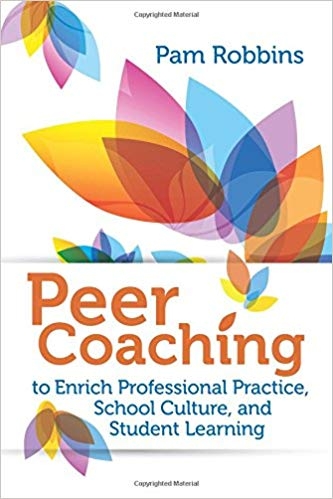Peer Coaching
Why is peer coaching getting attention in the literature, in schools, and classrooms everywhere?
From John Hattie’s findings of top influences on student achievement, collective teacher efficacy has the second highest effect size on student learning, hands down (2017). This finding, coupled with Jim Knight’s Coaching Cycle (2015), suggests educators explore peer coaching as a High Leverage Practice (CEC/CEEDAR) to collaborate with other professionals to increase student success through peer-coaching. The following five steps to integrate peer coaching with the use of evidence-based and high leverage practices in special education are described in more detail from the ASELA newsletter, Collegial Coaching for Special Educators by Jocelyn Washburn.
Featured Library Resource

Webinar



